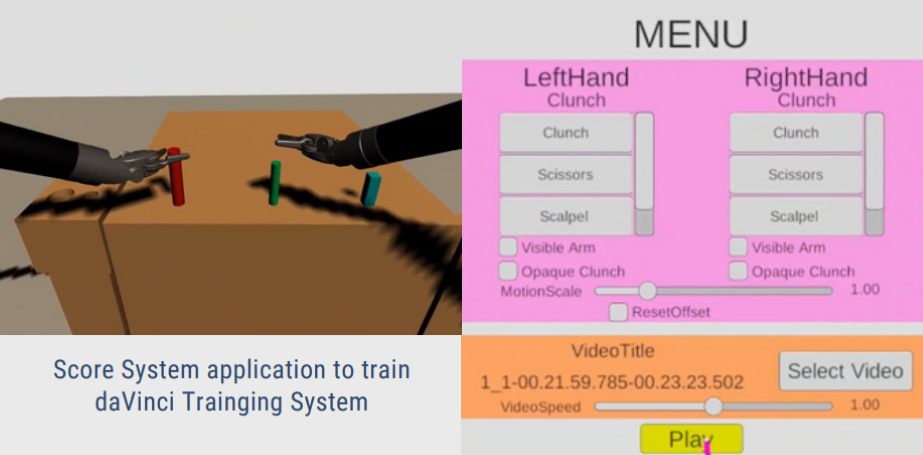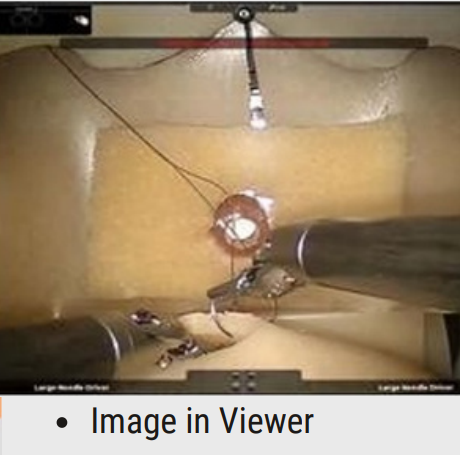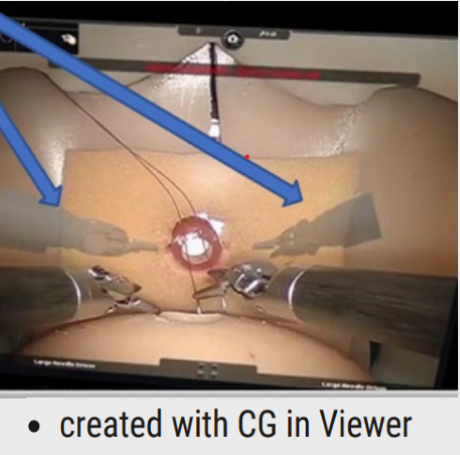Surgical Robot and “da Vinci Surgical System”
•Surgical robots were developed to try to overcome the limitations of pre-existing minimally-invasive surgical procedures and to enhance the capabilities of surgeons performing open surgery. These robots either allow surgical operations to be carried out with better precision than an unaided human surgeon or allow remote surgery where a human surgeon is not physically present with the patient.
•The market leader of surgical robot is Intuitive Surgical, Inc., which is part of the NASDAQ-100 and S&P 500, notably with the da Vinci Surgical System.
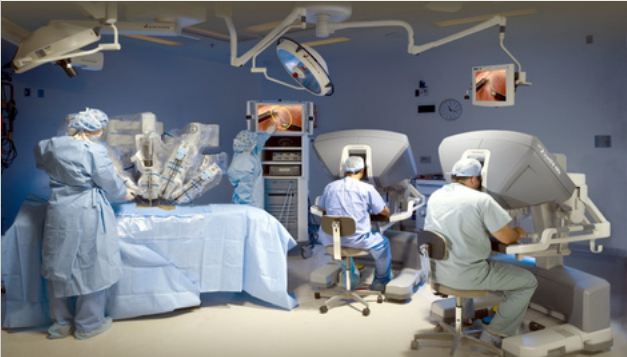
•The company raised USD 46 mil. in an initial public offering in 2000. That same year, the FDA approved use of the da Vinci Surgical System for general laparoscopic surgery. In 2001, the FDA approved use of the system for prostate surgery. The FDA has subsequently approved the system for various types of surgery and procedures.
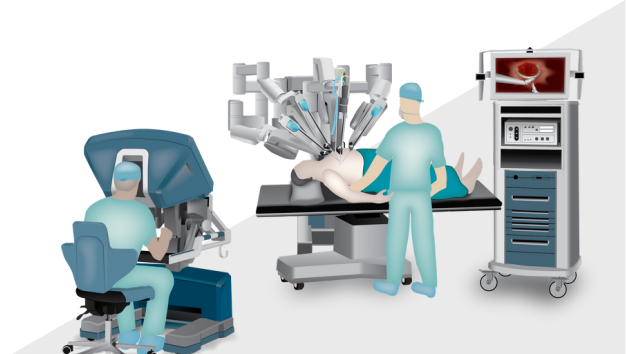
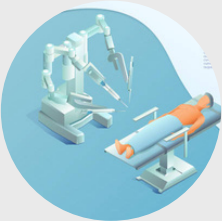
Performance of Intuitive Surgical
•Intuitive Surgical has been successfully expanding its business worldwide and currently 6,500 of da Vinci Surgical System (“da Vinci”) were installed in 67 countries, and the company announced that as of December 14 2021, the number of surgeries by da Vinci surpassed 10 million.
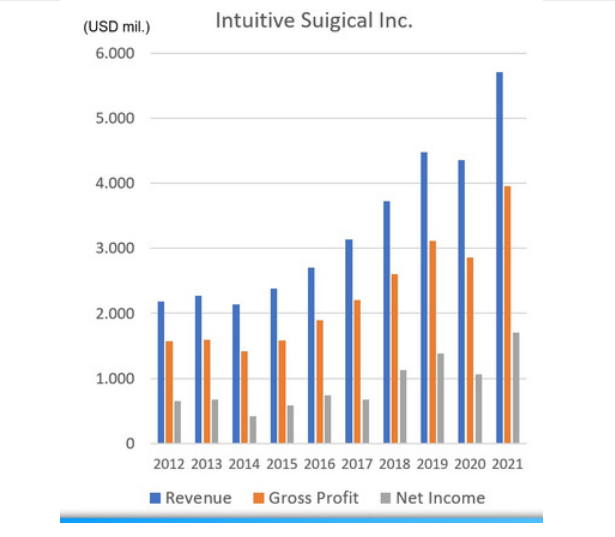
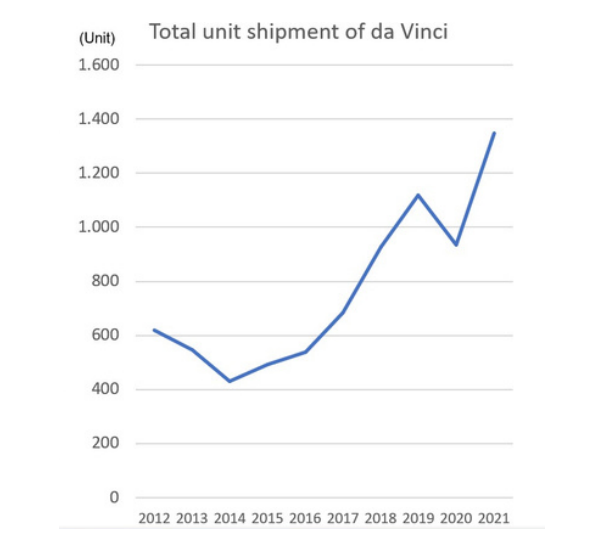
Market Forecast of Surgical Robot
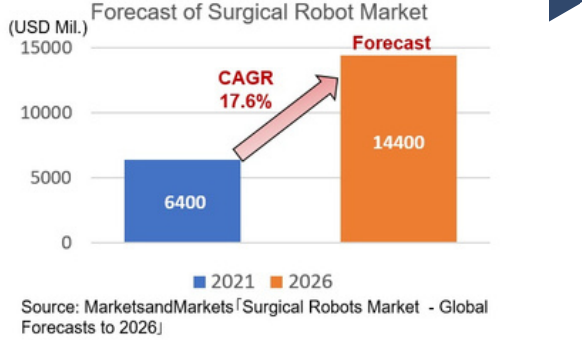
•The global surgical robots market is projected to reach USD 14.4 bil. by 2026 from USD 6.4 bil. in 2021, at a CAGR of 17.6% during the forecast period. Growth in this market is primarily driven by the advantages of robotic-assisted surgery, technological advancements in surgical robots, and the increasing adoption of surgical robots.
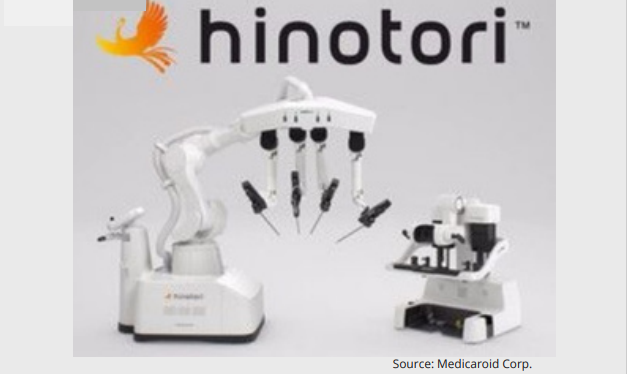
•In the current surgical robot market, Intuitive Surgical is dominant. It is estimated that the share of the company is over 80% of the global market. But the situation might be change in the future, because the major parts of the patents of da Vinci expired in 2019 and the entry of other companies has been announced one after another.
•Those companies include Stryker Corporation (US), Medtronic (Ireland), Smith & Nephew (UK), Zimmer Biomet (US), Asensus Surgical (US), Renishaw (UK), Auris Health (US), Medrobotics Corporation (US), Think Surgical (US), OMNIlife Science (US), CMR Surgical (US), China National Scientific Instruments And Materials Corporation (China), Microsure (Netherlands) and Medicaroid Corporation (Japan).
Dubai daVinci Presentation


Surgical Robot Training System "Shuhari"
- “Shuhari” is a re experience-based surgical robot training system. In this system, the learner learns the technique of skilled doctor non-verbally with VR images by following and imitating the movements of skilled doctor. (“Shuhari” is a Japanese martial art concept which describes the stages of learning to mastery.)
- “Shuhari” project was adopted by AMED (Japan Agency for Medical Research and Development) and was developed in cooperation with Osaka University and Kyoto University.
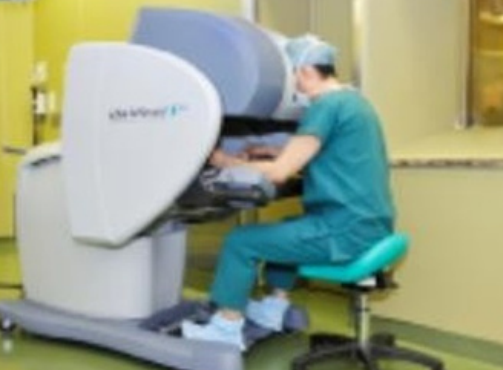
Training System “Shuhari”
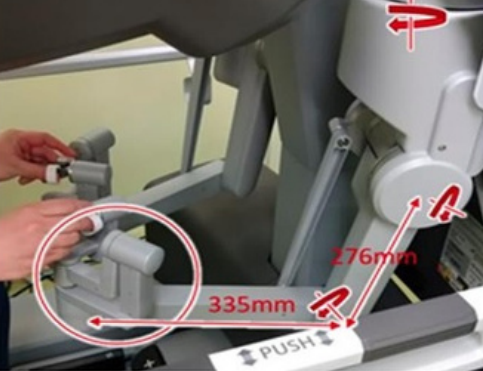
Controller
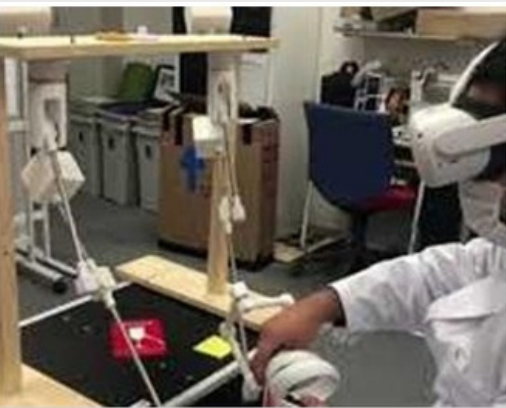
Training System “Shuhari”
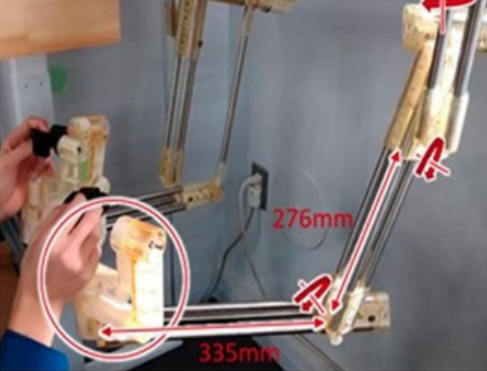
Synthesize and superimpose virtual arms
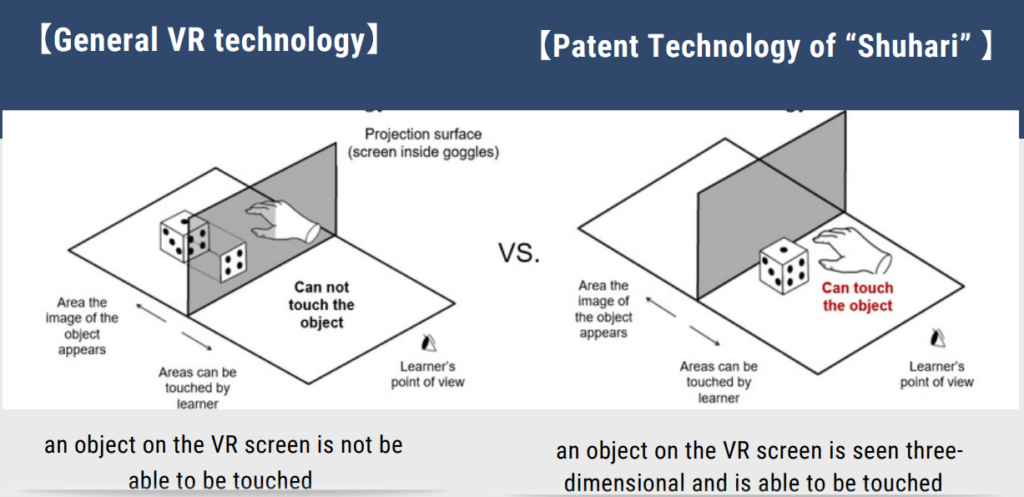

- We hold numerous patents related to robots, AIand VR. For “Shuhari”, the following composition technology is used to make the stereo image three-dimensional, enabling contact with the object in VR. This technology of “Shuhari” make it possible that learners to quickly master the skills of skilled doctors.
- Image compositing device, image compositing method and program-JP6959682
Training System
